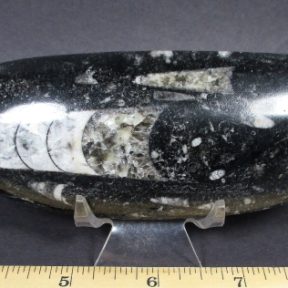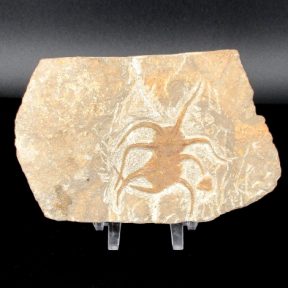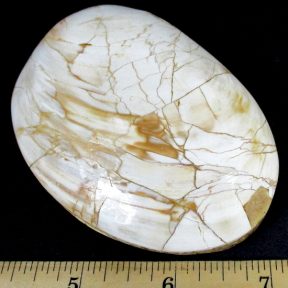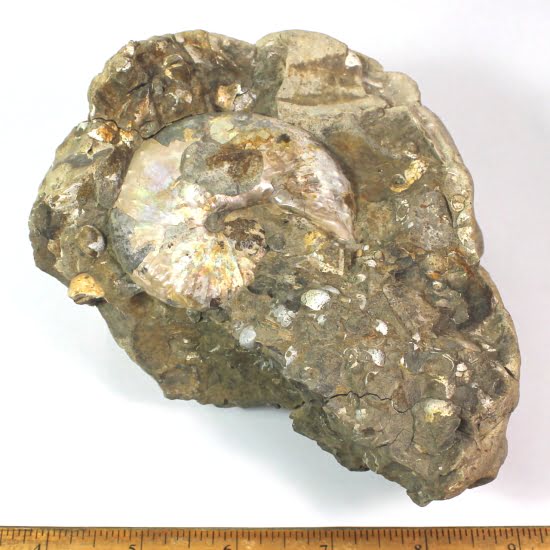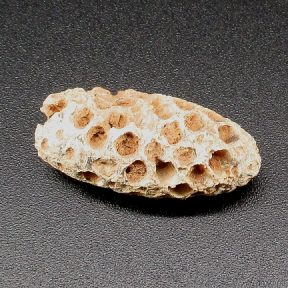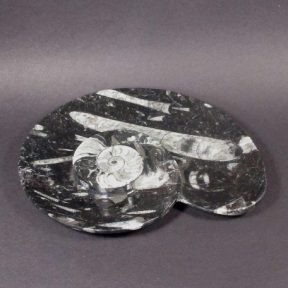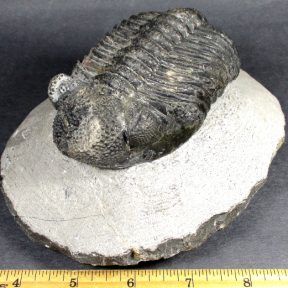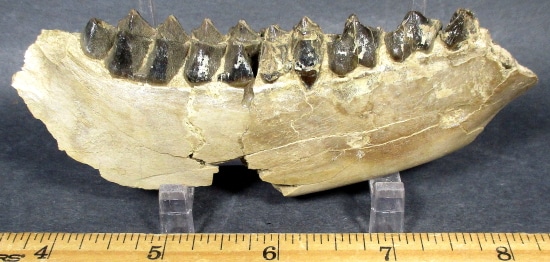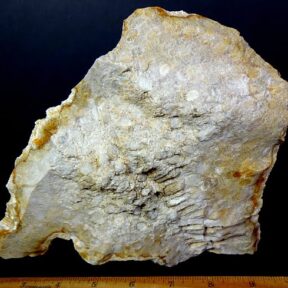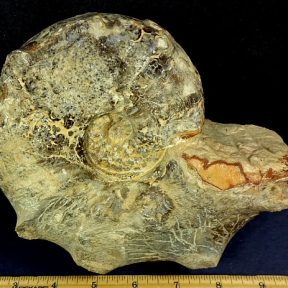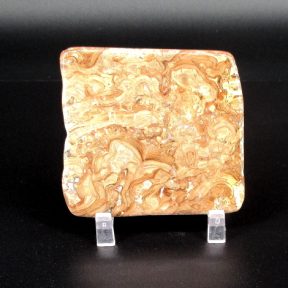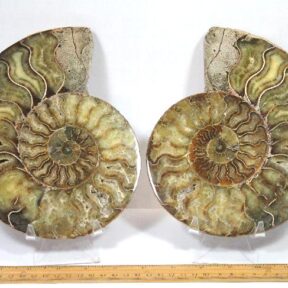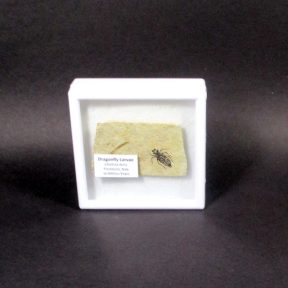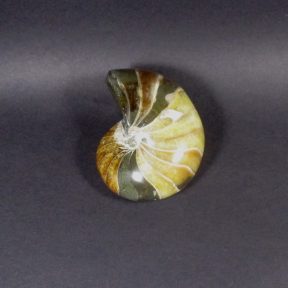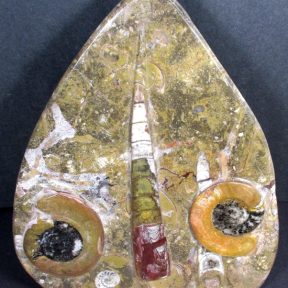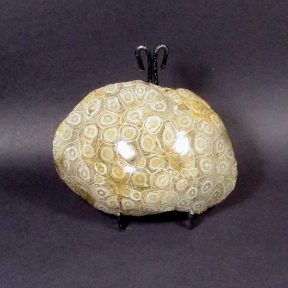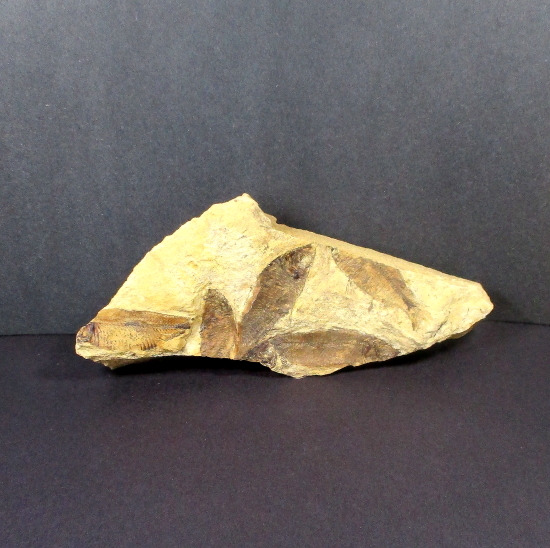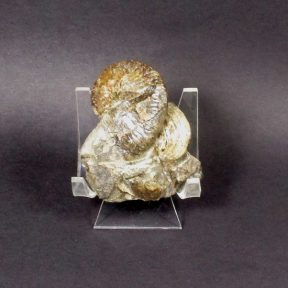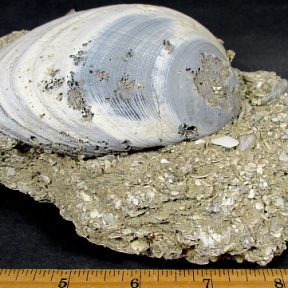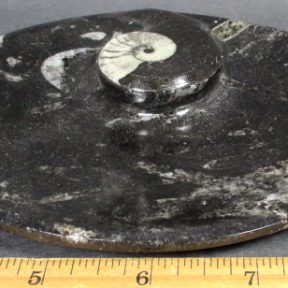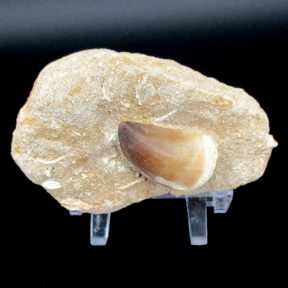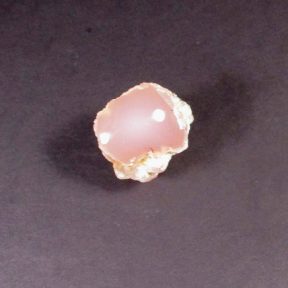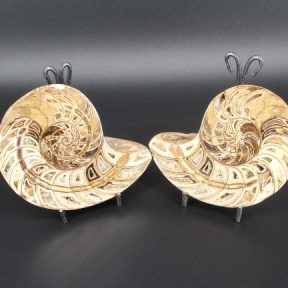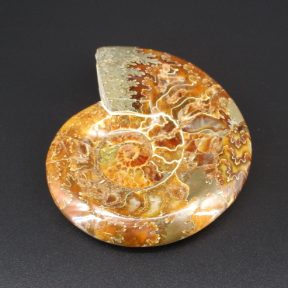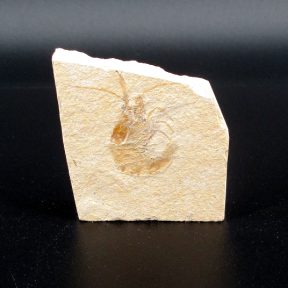Showing 1–27 of 152 results
-

FO101 Orthoceras Polished Stone
$14.00 Add to cart -

FO102 Starfish
$120.00 Add to cart -

FO103 Fossil Clam
$14.00 Add to cart -

FO104 South Dakota Ammonite
$60.00 Add to cart -

FO105 Fossilized Pinecone
$30.00 Add to cart -

FO106 German Ammonite
$20.00 Add to cart -

FO107 Fossil Rock Dish
$30.00 Add to cart -

FO109 Fossilized Sand Dollar
$20.00 Add to cart -

FO110 Large Trilobite in Matrix
$250.00 Add to cart -

FO111 Oreodont Jaw
$50.00 Add to cart -

FO112 Fossil Coral
$30.00 Add to cart -

FO114 Nautiloid
$75.00 Add to cart -

FO115 Stromatolite
$16.00 Add to cart -

FO116 Ammonite Set
$210.00 Add to cart -

FO117 Dragonfly Larvae
$50.00 Add to cart -

FO118 Nautiloid
$45.00 Add to cart -

FO200 Fossil Plaque
$45.00 Add to cart -

FO201 Fossil Coral
$28.00 Add to cart -

FO202 Knightia Fossilized Fish
$50.00 Add to cart -

FO203 South Dakota Ammonite with Clam
$40.00 Add to cart -

FO204 Fossilized Clam
$20.00 Add to cart -

FO205 Fossil Dish
$20.00 Add to cart -

FO206 Mosasaur Tooth
$22.00 Add to cart -

FO207 Nevada Pink Petrified Wood Limb
$30.00 Add to cart -

FO208 Ammonite Set
$100.00 Add to cart -

FO209 Ammonite Bowl
$40.00 Add to cart -

FO210 Shrimp
$30.00 Add to cart
